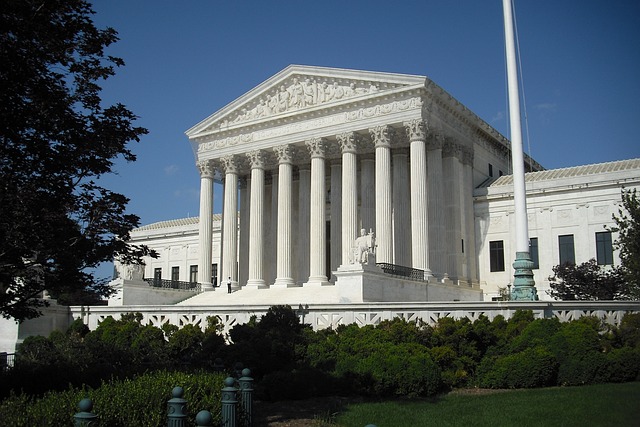The Supreme Court of the United States (SCOTUS) began hearing a high-profile wetlands protection case, Sackett v. Environmental Protection Agency, on October 3. Water industry analysts are watching the case carefully, as it could have an impact on how the Waters of the U.S. (WOTUS) are designated under the Clean Water Act (CWA).
Michael and Chantell Sackett filed the lawsuit over their desire to build a home on their Idaho land near Priest Lake. The U.S. Environmental Protection Agency (USEPA) considers the Sacketts’ property a wetland according to its interpretation of the CWA. The term “wetlands” includes swamps, marshes, and bogs, and the CWA defines “navigable waters” as the “waters of the United States, including the territorial seas.” The USEPA ordered the couple to stop preparing the land for construction in 2007 and restore the site to its original condition with the threat of fines of more than $40,000 per day.
The Sacketts’ case has been in litigation since 2007, including a previous stop before the Supreme Court 10 years ago. In 2012, the Supreme Court said the Sacketts could take their challenge of the USEPA’s order to Federal court. However, U.S. District Judge Edward Lodge of Iowa ruled the property did contain wetlands that are “waters of the United States” due to their proximity to Priest Lake, which is considered a “traditional navigable water.”
The outcome of Sackett v. Environmental Protection Agency is anticipated to determine whether wetlands are indeed “waters of the United States” under the CWA. The couple is now asking SCOTUS justices to look back at the 2006 ruling in the CWA case, Rapanos v. United States. Under that ruling, “the Clean Water Act does not regulate all wetlands but did not produce a majority for the governing standard.” According to Bloomberg Law, USEPA argues the correct test to determine whether the CWA applies to a wetland was outlined by Justice Anthony Kennedy’s Rapanos v. United States opinion. The test asks whether there is a significant nexus between the wetland and waters that are covered by the CWA, and whether the wetlands significantly affect the quality of those waters. Furthermore, USEPA says if the CWA does apply under the test, the landowner may apply for a permit to discharge into a wetland – they’re not precluded from building on the site altogether. USEPA argues the purpose of the CWA is to protect “traditional navigable waters,” which can be significantly affected by nearby wetlands and tributaries – even if there is not a continuous surface connection to those waters.
A SCOTUS blog entry posted on October 3 says in part, the SCOTUS “justices appeared torn between wanting to protect the nation’s waters and the desire to have more clarity for property owners, who can face stiff fines for violating the Clean Water Act.”
The WOTUS rule under the CWA has been embroiled in lawsuits and controversy for several years related to which waters are considered “waters of the United States.” AE2S will continue to follow Sackett v. Environmental Protection Agency, as the ruling will likely have far-reaching consequences for WOTUS and the CWA.

